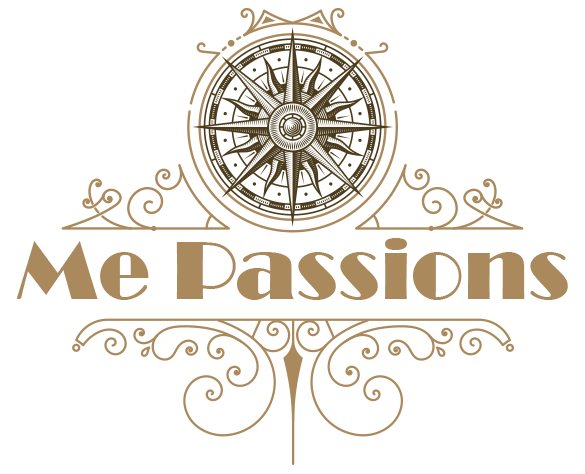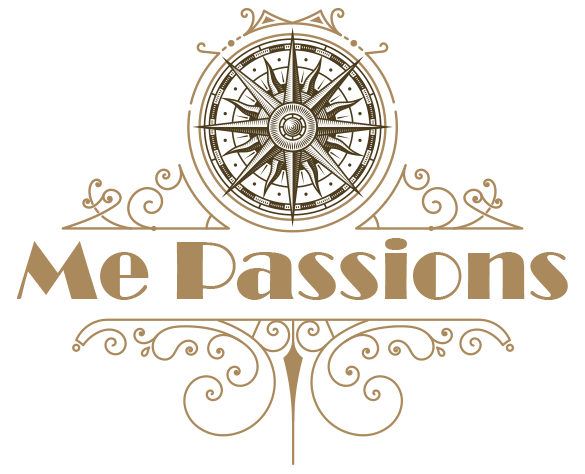Think of the guitar intro to the Beatles’ “Here Comes the Sun,” played by George Harrison with a capo way up at the seventh fret. That passage is instantly recognizable because it introduces the song’s melody along with the chords—using common open chord shapes. In fact, Harrison continues to play the melody through much of the song, doubling his voice while holding down the rhythm.
Playing a melody and chords together on guitar sounds like a tricky undertaking, but as “Here Comes the Sun” demonstrates, it doesn’t have to be. When you’re playing accompaniment, you have melody notes literally at your fingertips in and around the chord shapes—you just need to find those notes and spotlight them. That’s what we’ll be doing in this lesson, the final installment in a six-part series on chord embellishment basics.
Throughout this series, we’ve been looking at ways to go beyond strumming block chords, by using hammer-ons and pull-offs, adding or changing notes in chord voicings, connecting chords with bass runs, and picking individual notes across chord shapes. All of these techniques bring a touch of melody into your accompaniment and, as we’ve seen, can be the building blocks of memorable riffs. In this lesson we’ll go a step further, playing longer examples based on classic songs that combine melody and chords.
Carter Style
One fundamental technique for playing a melody with chords traces back to Maybelle Carter’s pioneering guitar work with the Carter Family. In many songs, she picked melodies on the bass strings and strummed chords on the trebles—a great way to create an intro or instrumental break.
Example 1 illustrates this approach in a section of the traditional song “John Hardy,” which the Carter Family recorded as “John Hardy Was a Desperate Little Man” in 1929. Play this example with G shapes (G, C, and D), and capo at the fourth fret if you want to match the Carters’ key.
Maybelle Carter played primarily with a thumbpick and fingerpicks: picking bass notes with her thumb and frailing the treble strings with her fingers. You can emulate that style (with or without picks) or, as I do in the video, use a flatpick for everything.
Play one measure of a bass/strum pattern on G, then start the melody in measure 2. Play the melody on the bottom three strings while filling in light strums on the backbeats (2 and 4) on the top strings. Through most of the example, stay planted on the chord shapes; lift or move your fingers out of the shapes only when needed to access a melody note. On the C in measure 3, for instance, move your ring finger from its usual spot on the fifth string to grab the melody note (F natural) on the fourth string.
The one place where you do not hold a chord shape is the single measure of D, in which you simply play a melody—no chords.
Lowdown Melody
Let’s continue with few more examples that use Carter-style picking. Example 2 is based on Woody Guthrie’s migrant worker tale “Pastures of Plenty.” Always a fan of keeping it simple, Guthrie stays put on a D major chord throughout the whole song. My example tips its hat to Ramblin’ Jack Elliott, whose arrangement toggles between C and Am (capo at the third fret to match his recordings).
Ex. 2 shows an intro along the lines of what Elliott plays. The melody kicks off in the first measure. Hold the C shape but move your ring finger over to the sixth string to fret the G melody note, then play the open fifth string. As with
Ex. 1, play the melody on the bottom three strings (and during breaks in the melody, keep the rhythm going with regular bass notes) and strum the high strings on the backbeats. In this example, use eighth note strums—down and up—on beat 2 in several measures to drive the rhythm a little harder. In measure 3, keep holding the Am shape while you use your fourth finger to fret the G melody note on the sixth string.
In Example 3, we move to the key of Dm to play the ever-popular Appalachian folk song “Shady Grove” in the style of Doc Watson. The melody is pitched higher here than in the previous examples, falling on strings 2–5, but the basic approach is the same.
When you hit the dreaded F in measure 5, you don’t need to grab a full F barre chord—just fret the top three strings, with an index finger barre for strings 1 and 2. At the beginning of the following measure, move to a C shape even though you’re playing only single notes initially; that’ll put you in position for the C chord strum on beat 4.
Melody on Top
For the rest of the examples, we’ll switch to playing the melody on top, and supporting it with lower chords and bass notes.
Example 4 is based on Guy Clark’s “L.A. Freeway,” played with G shapes and a capo at the second fret. The guitar lays out the melody in the intro and, through much of the song, doubles the vocal.
The example is written fingerstyle, with down-stem notes played by the thumb and up-stem notes played with the fingers. Try learning the parts separately. First play only the up-stem notes: that’s the melody, with a few notes added to fill out the harmony and maintain the flow. Note the fingerings: for the G, fret string 6 with your third finger and string 2 with your fourth, so the other fingers are free to fret melody notes. Once the melody feels solid, zero in on the bass, which moves in half notes and quarter notes. Then put the two parts together for a nice, complete sound.
Keep your capo at the second fret for Example 5, based on “California Stars,” the Wilco setting of Woody Guthrie lyrics that has become a modern campfire classic. This one also uses G shapes. Jeff Tweedy plays a little bit of chord melody on the D and C chords to create an intro; I added a melodic phrase over the G chord as well.
The chord-melody bits on D and C require moving a little further from standard open chord fingerings (on these chords, the melody is actually in the middle rather than on top). See the suggested fingerings in the notation. On the C, you need to make a bit of a stretch to play the melody note on string 3, fret 4, while holding down string 2, fret 1. At that point, you’re holding down only one note of the C chord shape. This chord-melody passage sounds great as an intro or instrumental break, but I like to play it when I’m singing too.
For our last example, play a short section based on the intro to “Here Comes the Sun.” In Example 6, the melody sits nicely atop the D, G, and A7 chords, with a few modifications to the shapes to reach notes not in the chords. One particularly sweet spot is in measure 7, where you play an F# over a G chord for a major seventh sound. Throughout, let the bass notes and open strings ring as you articulate the melody.
Make Your Own
We’ve come a long way from where we started in this series, with boom-chick patterns, to arrive at playing full melodic phrases while keeping the rhythm going. And yet the basic ingredients aren’t complicated: we’ve just been using notes in or close to the open chord shapes, articulating and combining them in different ways. Much of what we’ve covered actually involves thinning out what you play, to highlight more individual notes and pieces of chords.
Try out all these types of embellishments in other songs you play. Think of all them as colors you can add to brighten up your accompaniment and make the song shine.




This article originally appeared in the May/June 2025 issue of Acoustic Guitar magazine.









